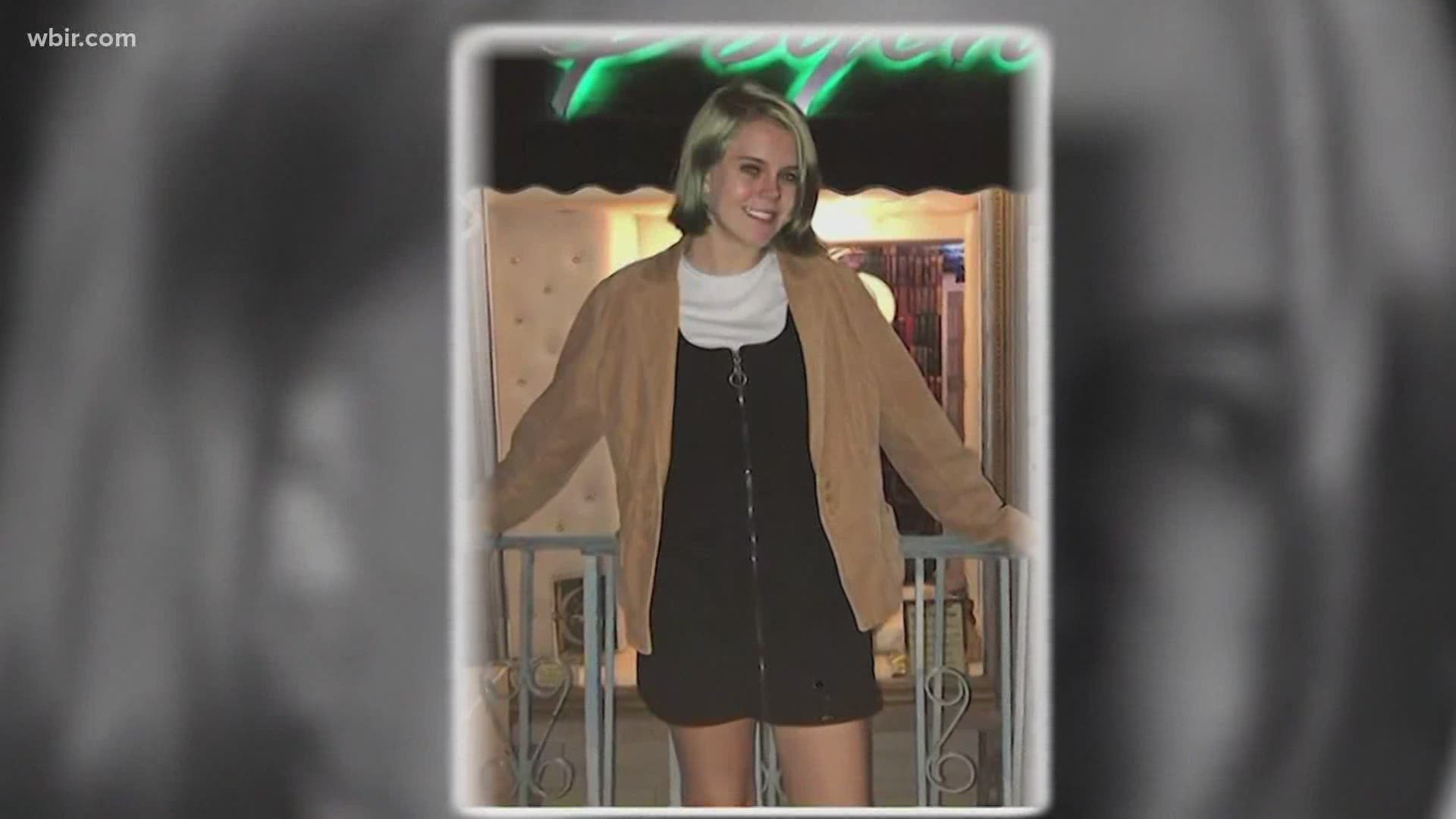LOUISVILLE — Saying it no longer has a place here, Louisville's mayor and its university's president announced that a 121-year-old Confederate monument on the University of Louisville campus is being removed.
Mayor Greg Fischer and President James Ramsey of the University of Louisville gathered Friday at the monument across from the Speed Art Museum, joined by several city and university officials and students.
"I recognize that some people say this monument should stay here because it is part of history, but I also appreciate that we can make our own history," Fischer said.
The decision came less than two weeks after Ricky L. Jones, professor and chairman of Pan-African Studies at the university, wrote a column calling for the monument to be removed.
"We don't consider ourselves in Louisville to be part of the South," Fischer said in an interview after the announcement. In the Civil War, Kentucky was a border state.
Since it became a state in 1792, residents were allowed to own slaves, and many fought for the South. But the state never joined the Confederacy.
Both Fischer and Ramsey’s offices said they had been working on moving the memorial for several weeks.
Whatever motivated the decision, Jones said he is elated the monument will no longer be on campus.
"Let's see the Confederacy for what it is, not some lost cause; it was a war about slavery," Jones said. "And that is fundamentally inhumane, so if that's a part of Kentucky history, place it in a part of Kentucky where people still have those beliefs."
The memorial’s statues will be held in storage until an appropriate location is selected, the mayor's office said. The monument will be disassembled, and the bronze figures and embellishments will be cleaned and repaired — something that has not been done since the monument was erected in 1895.
City officials said that the memorial will be replaced with a new traffic lane to improve access to the recently renovated Speed Art Museum.
"It is a part of history, but I get what people say they don't agree with it because it represents a time when African Americans were oppressed," said Reagan Roy, a senior at duPont Manual High School who plans to attend the University of Louisville. "I never looked twice at it, actually. Now that I know everything about it, I agree with it being removed."
The Confederate monument has been a point of contention on U of L's Belknap campus for at least the past two decades, prompting student protests on several occasions.
In 2002, Ramsey's administration renamed Confederate Hall, which sat across from the monument, as Unity Hall. Later that same year, the university's board of trustees unanimously approved a $2 million plan to rename the area surrounding the monument as Freedom Park, honoring Louisville civil-rights leaders.
The monument, installed 30 years after the Civil War’s end, was donated by the Kentucky Women’s Confederate Monument Association. Susan Preston Hepburn, a sister of a Confederate general, led a fundraising campaign in 1887 that raised about $20,000 to build the monument, according to Courier-Journal archives.
"I don't believe the women were making a political statement but were honoring those loved ones who died," Ramsey said. "As a result, it's time for us to move this monument to a more appropriate place."
The 70-foot-tall granite tower is adorned with three bronze statues of Confederate soldiers, along with a marker that reads it is dedicated to commemorate the "rank and file of the armies of the South" and to "our Confederate dead."
Metro Councilman Tom Owen, a University of Louisville historian, previously had described efforts to get rid of the memorial as "scrubbing" history. On Friday, he said he supports Fischer and Ramsey's decision and hopes the monument ends up in a proper place.
"The most disappointing thing about today is they don't have a place definitely for it to light," Owen said. "I hope it will be re-erected somewhere."
A study conducted by the Southern Poverty Law Center in April found at least 1,500 symbols across the USA honoring the Confederacy in public spaces. Most are in the 11 states that formed the Confederacy, but some are located as far away as California and Massachusetts.
The law center's report said outside of the seceding states, Kentucky has the most Confederate monuments on public property with 41, far ahead of Missouri, which comes in second at 14.
Removing the memorial was an easy decision and part of a larger conversation about race and symbolism in the country, Fischer said.
"Civil Rights 2.0 — whatever you want to call this phase our city is in right now — people, I think, are much more appreciative of the pain that people have had through multiple generations in our country and more willing to accept their part in that toward solutions," he said.
In September 1947, Louisville's public works department had wanted to move the monument to another park to help improve road conditions and traffic flow in the area. But that idea was opposed by many, including then-Mayor Charlie Farnsley, who led the local chapter of the Sons of Confederate Veterans.
During one demonstration, Farnsley, who was mayor from 1948 to 1953, stood in front of one of the bronze statues, smiling while brandishing a rifle to announce his wishes to keep the monument in place. When Farnsley spoke at a Rotary Club meeting in 1949, a member asked if any legal hindrance prohibited moving the Confederate monument.
"I'm the only hindrance, and I'm not legal," he said.
On Friday, several spectators who attended Fischer and Ramsey's announcement were in a more celebratory mood. They took pieces of brick excavated from the monument's base as souvenirs.
Follow Phillip M. Bailey on Twitter: @phillipmbailey
Related:
![Confederate statue to be removed at U of L [video : 83713636]](http://download.gannett.edgesuite.net/courierjournal/brightcove/29913742001/201604/1957/29913742001_4870745897001_video-still-for-video-4870648516001.jpg?pubId=29913742001)

![043016ConfederateMonument10.jpg [image : 83746506]](http://www.gannett-cdn.com/media/2016/04/30/USATODAY/USATODAY/635976120503531691-043016ConfederateMonument10.jpg)
